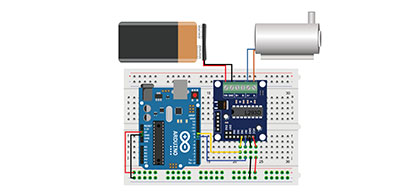DC motor controller is still relevant today is a modern industry, despite being one of the oldest electric motor designs. But how have they managed to stand the test of time, especially when there is new and fantastic equipment of the 21st century?
In simple terms, a DC motor controller is a device that manipulates the speed, torque, or position of a DC-powered motor. They allow operators to set the behavior of the motor as they desire.
If you look closely, you will notice that DC motor controllers have PCBs in them. PCBs are essential components in them. But what are some of the reasons for using a DC motor controller? Here are six ideas:
Contents
Motor Controller Protection
Motors are some of the most expensive equipment in the market, and repairing them in the event of damage may even cost more.
But all is not lost. With the DC motor controller, you can safely protect the motor. A majority of modern DC controllers can protect motors from several damaging factors. Some protections that they offer include short-circuiting protection, over-voltage, and under-voltage. Others are voltage transients, thermal stability, and current limit protection.
Without the above protections, the motor gets exposed to threats that may result in mechanical or permanent electrical damage. For motor protection, it is vital to use DC motor controllers.
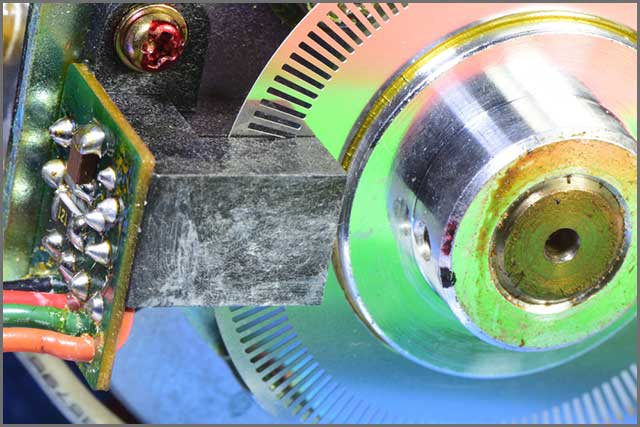
DC Motor Controller Speed Control
DC motors tend to lose speed as loading increases in rate when unloaded. For applications that require certain speeds, but with an unknown load, or some fluctuating weight, a DC motor controller is necessary.
For example, in computer-aided manufacturing, the motor operates as a generator for half the cycle. At the same time, it also works as the motor for the other half. With the load pushing the motor, you must use the four-quadrant drive. With such, there is a dynamic breaking control aimed at ensuring that the motor remains in control at a constant speed.
It is impossible to achieve the above without a DC motor controller in place. A DC motor controller maintains the motor at a constant speed. It does this by varying the voltage to the motor as changes in the load take place.
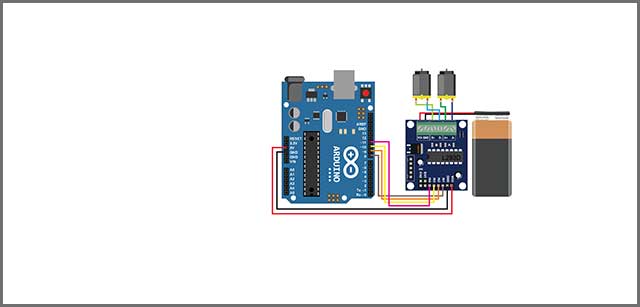
DC Motor Controller Torque Control
When thinking about what an electric motor is, then the answer is somewhat simple. It is equipment that changes electrical energy to become mechanical energy. The mathematics behind such is a bit more complicated. But for practicality, all it does is changing or altering one form of power/current to another. To make it even simpler, we can say that a motor is a device that generates torque.
A DC motor current is directly proportional to the delivery of torque. By having control over the current that goes to the motor, you will be able to govern its torque delivery. But without having control of the DC torque, the motor will pull large currents. Large current may not be viable in the system, an aspect that could bring about system failure.
System failure may also be in the form of burnouts that stall the motor, especially when the mechanics get jammed. Unless there is a regulation of current, the motor will pull the stall current. Such will then go on to bring about thermal failures within a few seconds. To avoid such, then operators need to use a DC motor controller.
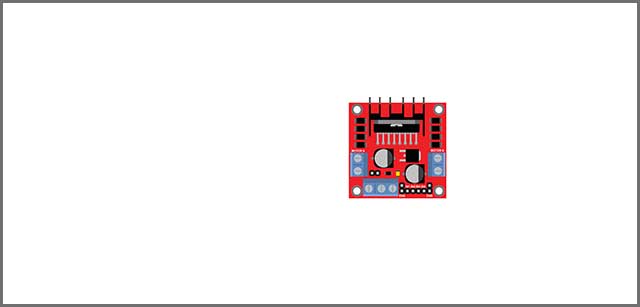
DC Motor Controller Energy Saving
They say that when you save energy, you are also saving money and protecting the environment in which you live. When it comes to saving energy, DC motor controllers are by far the best compared to AC motor controllers. To save energy, then you better opt for DC motor controllers as opposed to AC motor controllers.
Energy saving is essential, and this is where DC motor controllers beat their competitors. For energy efficiency operations, DC motor controllers are by far the best. The consumption of energy is slightly lower in DC motor controllers, another good reason for using them. If you are on a budget and want to save on energy costs, you may find DC motors ideal.
Today, energy costs are rising globally, with industrial applications even consuming more energy. Therefore, using DC motor controllers is one way of reducing such immense costs.
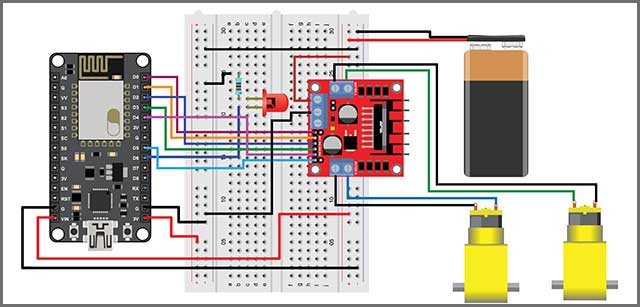
Ease of Installation
For technicians, engineers, and even hobbyists, there is nothing more unpleasant than having very hard-to-install motor controllers. If anything, you are trying to save on time and concentrate on other essential things. But if you have motor controllers that are difficult to install after assembly, this will be the case.
Besides being simple in their structure, DC motor controllers are easy to assemble and install. If you are a do-it-yourself enthusiast, you will find the process of assembly to be straightforward. Soldering the parts on the printed circuit board is super-fast and easy, and so is the installation.
As they say, time is money. You would want to save on time in the event of damage or the total installation of a motor controller. Why waste time on a motor controller that takes too long to install? DC motor controllers will save you a lot of time. Again, this is another reason why you may find them ideal when compared to others.
When done correctly, it takes less than half an hour to install a DC motor controller to where it is supposed to function. Therefore, there is no wastage of time in addition to reduced material costs with these types of motor controllers whose popularity is not fading anytime soon.
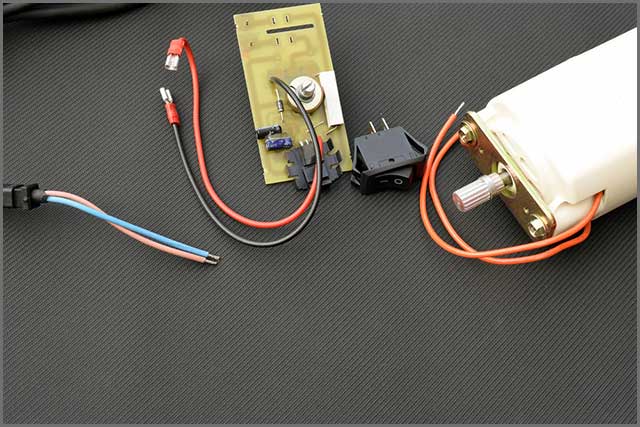
Less Inertia
In simple terms, inertia is the resistance that an object provides to any changes in its motion. Such changes could be something, such as a change in direction. The purpose will keep either stay or keep moving in the same direction, at the same speed, and the same rate in a straight line. Changes will only happen if the object encounters interference from an unbalanced external force.
Because they generate less inertia, we use DC motor controller. Therefore, with less inertia, it only takes less amount of time to accelerate and decelerate. With this, a DC motor will be in an excellent position to undertake quicker reversals, an aspect that leads to shorter cycle times. Also, there will be faster production lines.
With less inertia, DC motor controllers can produce thousands of horsepower as they have high power density. Lastly, this is another reason for using DC motor controllers.
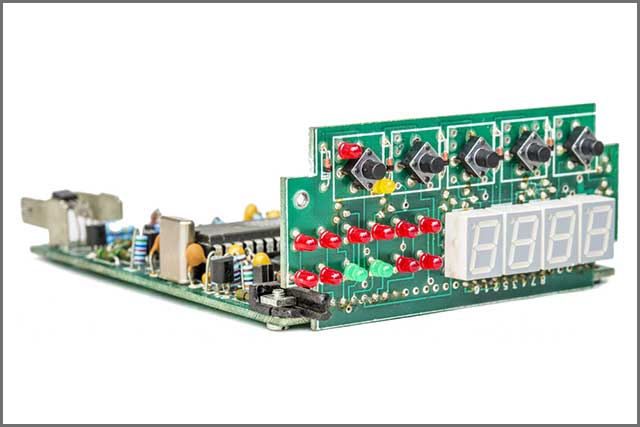
Cheap Manufacturing Material
Materials used in the making of DC motor controller is readily available compared to those used in manufacturing other types of controllers. A DC motor controller made of cheap and easily accessible materials. For instance, some of the components that you will need here include a magnet, insulated wire, a soft iron core, and a printed circuit board.
Others include a D-size battery, a broad rubber band, and a battery holder. Compared to other types of motor controllers, you will notice that materials used in DC motor controllers are cheap and accessible.
Summary
DC motor controller has managed to stand the test of time despite facing stiff competition from modern equipment. As you can see, there are plenty of reasons for such. What we should not forget, though, is that DC motor controllers need printed circuit boards to function.
Without a printed circuit board, a DC motor controller will not function properly. Nearly all of its essential components sit on a printed circuit board. If you are on the market for high-quality printed circuit boards to incorporate into your DC motor controllers, we at WellPCB can provide. We have in the business for more than a decade, supplying the best PCBs for DC motor controllers. For your next project, we can be of great help to you.
Call us today for a quick quote and how we can begin working together. Our PCBs are the best in the market. They will function well in your DC motor controller without failure. Feel free to contact our customer care representatives for a meeting on how we can be of help to you at your earliest convenience.
